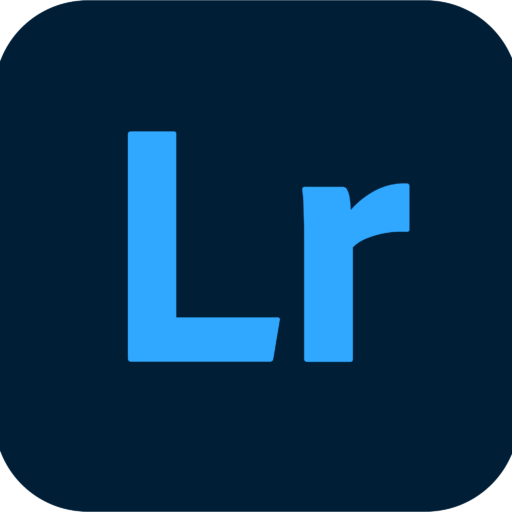Choosing the right post-processing software is essential for unleashing the full potential of your photos. In this Lightroom VS Capture One comparison, we’ll explore the strengths of Lightroom and Capture One, helping you select the perfect editing companion. We’ll discover their unique features and capabilities and find the software that aligns with your creative vision. Let’s make an informed choice together!
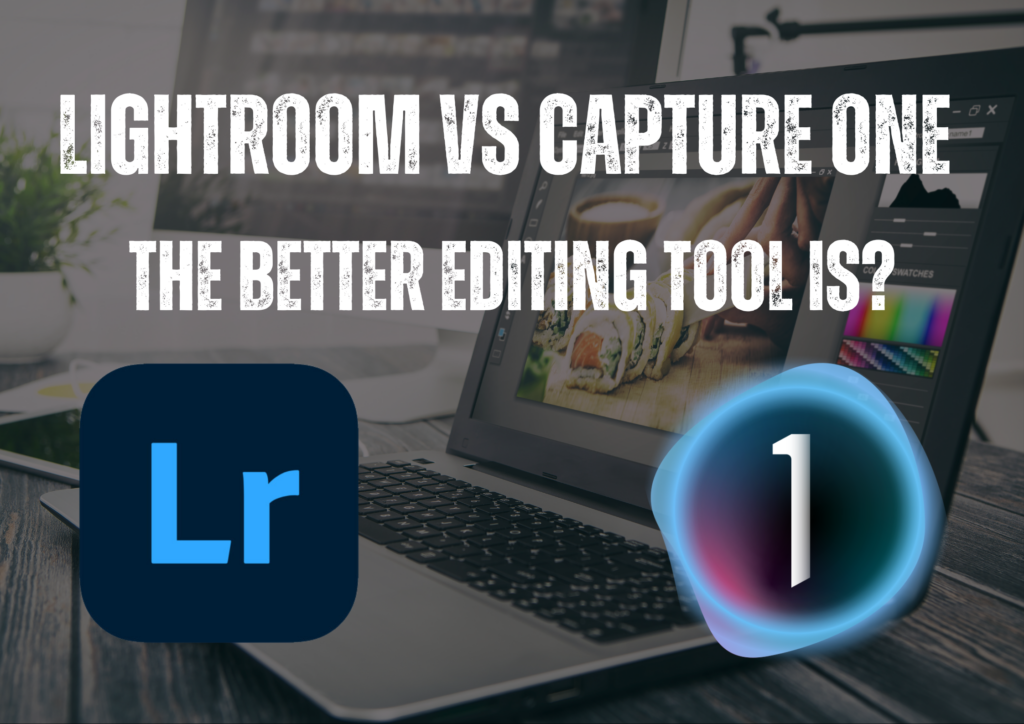
Lightroom VS Capture One | Which One’s The Best Editing Tool?
In this comprehensive comparison, we’ll look into the strengths and distinguishing characteristics of Lightroom and Capture One. We’ll explore their intuitive interfaces, powerful editing capabilities, and unique tools that set them apart from one another.
By understanding each software’s key differences and strengths, you’ll gain the knowledge and confidence to make an informed decision that aligns with your needs and preferences. If you are standing at the crossroads, unsure of which software to choose, fear not! We’re here to guide you through the maze of options and help you select the perfect editing companion for your creative journey.
Features
Capture One and Lightroom are popular post-processing software options with features and capabilities. While opinions on which is better may vary, let’s explore the features of both and compare them.
Capture One
Capture One is renowned for its exceptional color grading capabilities and comprehensive editing tools. It provides advanced color editing options, including color wheels, curves, and a powerful color editor. These tools offer precise control over color adjustments, allowing photographers to achieve their desired aesthetic with incredible accuracy. Capture One also offers impressive tethered shooting capabilities, making it an excellent choice for studio and commercial photographers. Its intuitive interface and customizable workspaces enhance the editing experience, ensuring a smooth and efficient workflow.
Lightroom
Lightroom, developed by Adobe, is widely recognized for its user-friendly interface and seamless integration with other Adobe products. It offers a comprehensive range of editing tools, including basic adjustments like exposure, contrast, and white balance, and more advanced features like localized adjustments with the Graduated Filter, Adjustment Brush, and Radial Filter.
Lightroom also provides efficient organization and cataloging features, making managing and finding your images easy. With its cloud-based ecosystem, Lightroom offers seamless access to your photos across multiple devices, enabling editing on the go.
When comparing Capture One and Lightroom, it’s important to consider your specific needs and preferences. Capture One excels in advanced color grading capabilities and is favored by professionals who require fine-tuned control over their images. On the other hand, Lightroom offers a more accessible and user-friendly experience, catering to a wider range of photographers, from beginners to enthusiasts. Its integration with the broader Adobe ecosystem, extensive online resources, and a vast community of users also make it a popular choice.
Well, it also depends on your editing style, workflow, and the level of control you desire. While Capture One may be favored for its advanced color grading capabilities, Lightroom’s versatility, accessibility, and robust integration make it an excellent choice for many photographers. Consider your priorities and experiment with both to determine the software best suits your editing needs.
Raw Image Processing
Capture One and Lightroom offer powerful raw image processing capabilities, but there are some differences in quality and flexibility.
Capture One is widely recognized for its exceptional raw image processing quality. It is renowned for providing excellent color rendering, high dynamic range, and impressive detail retention. Capture One’s processing engine delivers superb image quality, especially when preserving fine details and handling challenging lighting conditions. The software also offers extensive control over noise reduction, allowing photographers to reduce noise while maintaining image sharpness.
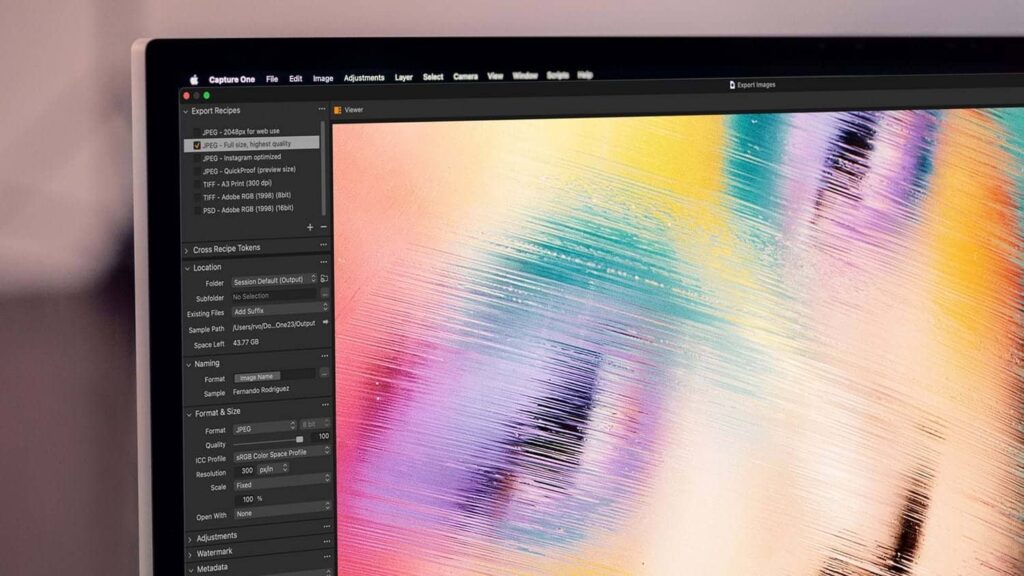
In terms of flexibility, Capture One provides a wide range of adjustment tools and controls, allowing for precise fine-tuning of raw images. It offers advanced tools for exposure, white balance, highlight and shadow recovery, and lens correction. Capture One’s localized adjustment capabilities are also highly regarded, allowing users to make selective edits with precision.
Lightroom’s raw image processing capabilities are also highly regarded, although some photographers argue that Capture One produces slightly better image quality. Lightroom’s processing engine has undergone significant improvements over the years, and it offers excellent color accuracy, dynamic range, and noise reduction capabilities.
Regarding flexibility, Lightroom provides a comprehensive set of tools for raw image editing. It offers exposure, contrast, highlights, shadows, clarity, and more controls. Lightroom’s localized adjustment tools, such as the Graduated Filter, Adjustment Brush, and Radial Filter, enable photographers to make selective edits and enhancements to specific areas of an image.
It’s worth noting that both Capture One and Lightroom allow users to apply non-destructive edits to raw images, preserving the original file and enabling flexible adjustments during the editing process.
Overall, while Capture One is often considered to provide slightly better raw image processing quality, Lightroom is highly capable in its own right.
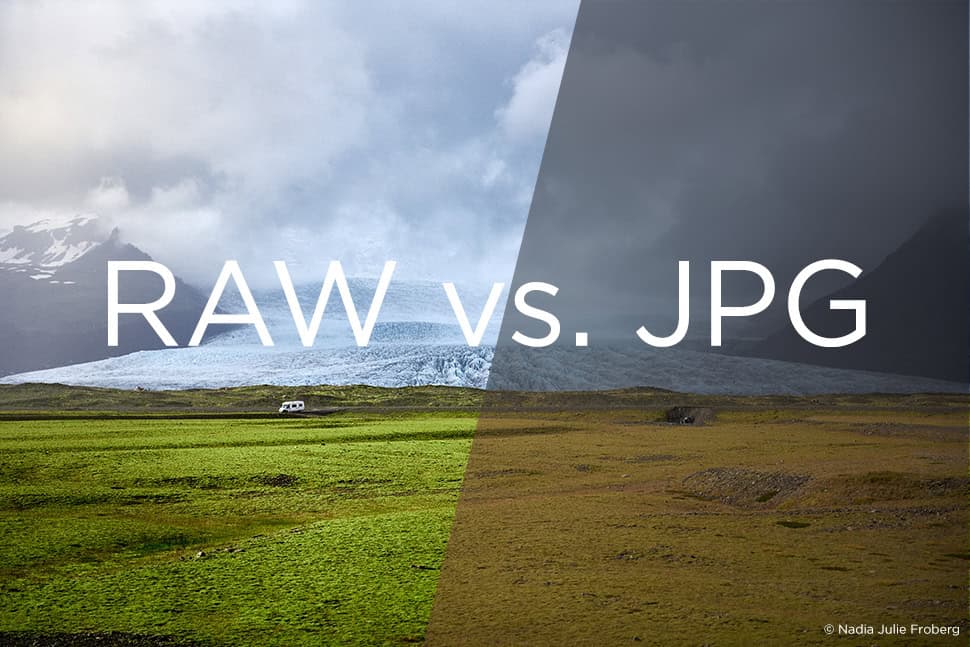
User Interface And Overall Editing Experience
User Interface
Capture One: Capture One features a customizable interface with a dark, sleek design. It offers a modular workspace where you can arrange and customize panels, tools, and tabs according to your preferences. The interface focuses on providing a clean and efficient editing environment, allowing photographers to concentrate on their images and workflow. Capture One’s interface is often praised for its organization and ease of use, especially for advanced users who prefer a highly customizable workspace.
Lightroom: Lightroom has a user-friendly and intuitive interface emphasizing simplicity and accessibility. Its interface follows a modular layout, with a left-side panel for organizing and selecting images, a central editing panel for adjustments, and a right-side panel for additional tools and settings. Lightroom’s interface is designed to guide users through a step-by-step editing process, making it suitable for photographers of all skill levels. Its integration with other Adobe products provides a seamless workflow for those already using Adobe software.
Editing Experience
Capture One: Capture One offers extensive editing capabilities with powerful and precise tools. It emphasizes advanced color grading and provides tools like color wheels, curves, and a dedicated color editor for fine-tuning color adjustments. Capture One also offers exceptional control over localized adjustments, allowing photographers to make selective edits with precision. Its tethered shooting capabilities are particularly favored by studio and commercial photographers for a seamless shooting-to-editing workflow.
Lightroom: Lightroom provides a comprehensive set of editing tools that cater to a wide range of photographers. It offers basic and advanced adjustments, such as exposure, contrast, white balance, tone curves, and localized adjustments with the Graduated Filter, Adjustment Brush, and Radial Filter. Lightroom’s editing experience is designed to be simple and accessible, allowing users to achieve pleasing results without getting overwhelmed by complex controls. Its integration with the broader Adobe ecosystem also provides access to a vast library of presets, tutorials, and community resources.
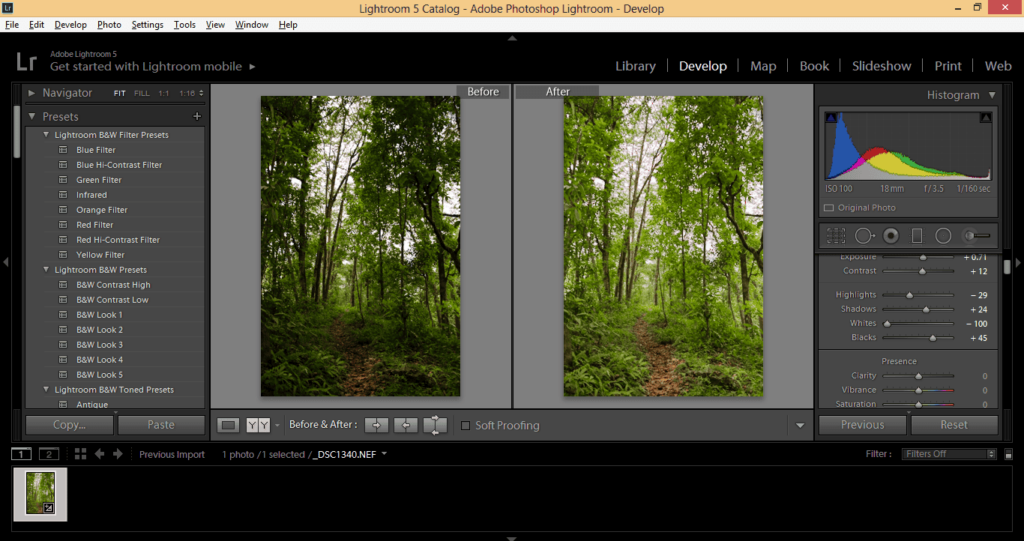
Lastly, Capture One offers a highly customizable interface and a comprehensive editing experience geared toward advanced users, strongly emphasizing color grading and localized adjustments. Lightroom, however, provides a user-friendly interface and a broad range of editing tools that cater to photographers of all skill levels. The choice between the two depends on your editing preferences, level of expertise, and the specific features that align with your workflow.
Noise Reduction, Sharpening, And Other Features
Noise Reduction
Capture One: Capture One provides powerful noise reduction capabilities, allowing photographers to reduce noise while preserving image details. It offers control over luminance and color noise reduction, enabling fine-tuning noise reduction settings. Capture One’s noise reduction algorithms are known for effectively reducing noise without sacrificing image sharpness and detail.
Lightroom: Lightroom also includes noise reduction tools that allow users to reduce luminance and color noise in their images. Lightroom’s noise reduction algorithms have improved and delivered satisfactory results. However, some photographers find that Capture One produces slightly better noise reduction with more control and less impact on image sharpness.
Sharpening
Capture One: Capture One offers advanced sharpening tools, including options for capture sharpening, creative sharpening, and output sharpening. These tools provide precise control over sharpening, allowing photographers to enhance image details and improve overall sharpness. Capture One’s sharpening algorithms are highly regarded for their ability to enhance details without introducing artifacts.
Lightroom: Lightroom provides a range of sharpening options, allowing users to adjust the amount, radius, detail, and masking of sharpening effects. Lightroom’s sharpening tools effectively enhance image details and overall sharpness. While Lightroom offers satisfactory sharpening capabilities, some photographers find that Capture One offers more advanced and nuanced sharpening controls.
Other Features | Lightroom VS Capture One
- Lens Correction: Both software have lens correction tools that automatically correct distortion, chromatic aberration, and vignetting caused by specific lenses.
- Spot Removal: Capture One and Lightroom provide spot removal tools for removing images’ dust spots, blemishes, and other imperfections.
- Local Adjustments: Capture One and Lightroom allow for localized adjustments, such as gradient filters, adjustment brushes, and radial filters, which enable users to apply edits selectively to specific areas of an image.
- Workflow and Organization: Lightroom strongly emphasizes seamless image organization, cataloging, and metadata management. It provides robust features for managing and organizing large image libraries. Although Lightroom is often considered more comprehensive, capture One also offers organization features.
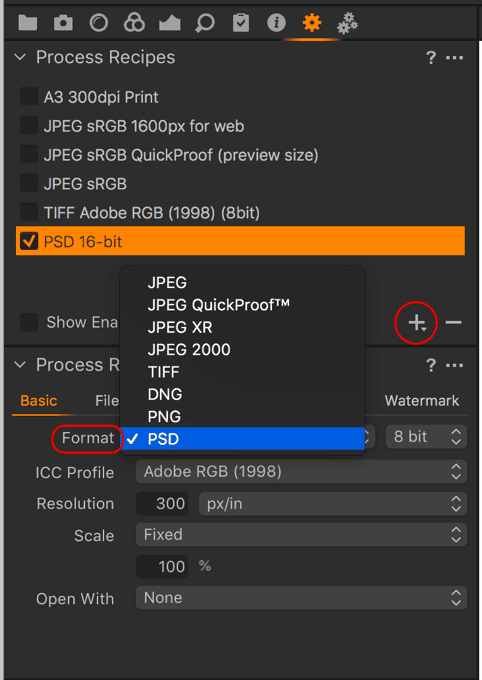
Capture One and Lightroom continually update their software, often introducing new features and improvements. The differences in noise reduction, sharpening, and other features may vary with each software version.
To determine which software better suits your specific needs, it’s recommended to explore trial versions or demos and experiment with their respective noise reduction, sharpening, and other features using your own images.
Which One’s Better For Professionals?
When choosing between Capture One and Lightroom for professional photo editing, several key factors should be considered such as:
Image Quality: Capture One and Lightroom offer excellent image quality, but some photographers argue that Capture One provides slightly better color accuracy, dynamic range, and detail retention. Assess each software’s raw image processing capabilities to determine which aligns better with your desired image quality.
Color Grading Capabilities: If color grading is a crucial aspect of your editing workflow, Capture One’s advanced color editing tools, including color wheels, curves, and a dedicated color editor, may be more suitable. Evaluate the level of control and precision each software provides for achieving your desired color grading results.

Workflow and Efficiency: Consider your editing workflow and how each software integrates. Lightroom’s user-friendly interface, seamless integration with other Adobe products, and efficient organization features make it a popular photographer choice. Capture One’s customizable workspace and tethered shooting capabilities may benefit studio and commercial photographers with specific workflow requirements.
Editing Tools and Flexibility: Evaluate the range and flexibility of editing tools each software offers. Assess features such as exposure adjustments, localized adjustments, lens corrections, noise reduction, and sharpening. Determine which software provides the tools and control necessary to achieve your desired editing results.
Community and Support: Consider the availability of tutorials, online resources, and community support for each software. As part of the Adobe ecosystem, Lightroom benefits from a vast user community and extensive learning resources. Capture One also offers tutorials and support, but the community may be smaller in comparison.
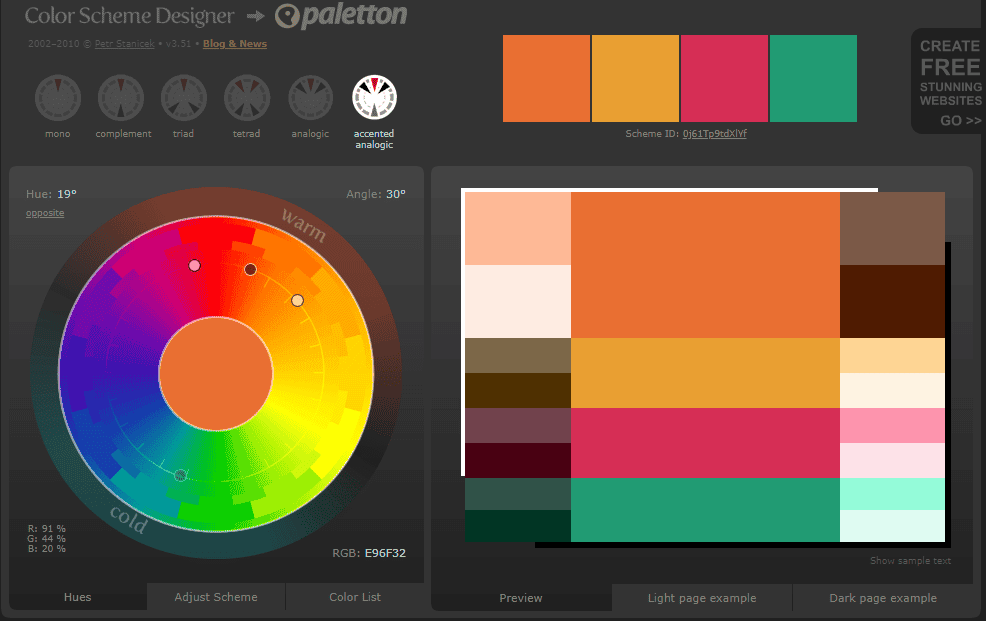
Pricing and Licensing: Compare the pricing and licensing models of both software. Capture One typically offers perpetual licenses with regular paid upgrades, while Lightroom is available through Adobe’s subscription-based Creative Cloud model. Consider your budget and preference for licensing options.
However, mod versions are available that can provide you with the same features free of cost. You just have to be careful about the source you’re downloading it from since these mod versions are unavailable on official stores.
Frequently Asked Questions | Lightroom VS Capture One
Is Lightroom better than Capture One for beginners?
Lightroom’s user-friendly interface and intuitive workflow make it highly suitable for beginners. Its step-by-step editing process, comprehensive presets, and extensive community support provide a smoother learning curve for novice photographers.
Which software offers better integration with other Adobe products?
Lightroom, part of the Adobe Creative Cloud ecosystem, seamlessly integrates with other applications like Photoshop, Photoshop Lightroom, and Adobe Portfolio. This integration allows for a more cohesive workflow and efficient collaboration between different tools, making Lightroom a preferred choice for those already utilizing Adobe software.
Does Lightroom provide better mobile editing capabilities?
Lightroom Mobile offers a robust mobile editing experience, allowing users to seamlessly edit and synchronize their images across multiple devices. Its synchronization with the desktop version of Lightroom ensures a consistent editing workflow, enabling photographers to edit on the go and access their work from anywhere.
How does Lightroom compare in terms of cloud storage and backup options?
Lightroom offers cloud storage through Adobe Creative Cloud, allowing users to securely store and access their images from any device. Lightroom’s cloud-based workflow ensures that your images and edits are backed up automatically, providing peace of mind and an additional layer of data security.
Closure
Lightroom offers several advantages that make it a preferred choice for many photographers. Its user-friendly interface and intuitive workflow make it ideal for beginners, while its seamless integration with other Adobe products allows for a cohesive editing experience.
Lightroom’s mobile editing capabilities and cloud storage options provide flexibility and accessibility, allowing photographers to edit and securely store their images on the go. These qualities and Lightroom’s extensive community support and resources contribute to its reputation as a powerful and versatile tool for professional photo editing.
While Capture One is also a highly capable software, Lightroom’s features and benefits make it a popular and preferred option for many photographers.

